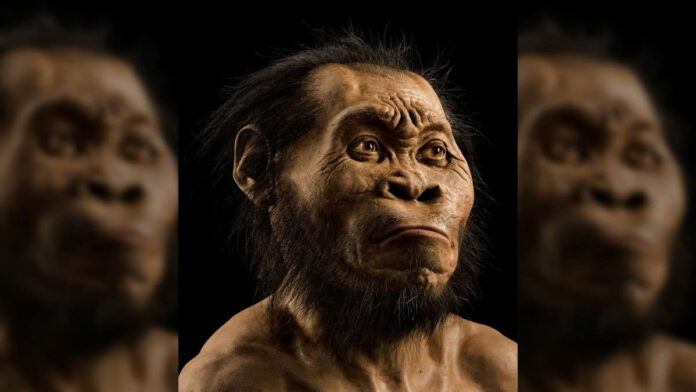New research in 2025 confirms that our ancient relatives with small brains engaged in complex cultural behaviors previously thought exclusive to modern humans
Ancient Burial Practices Rewrite Human History
In a groundbreaking scientific revelation that challenges our understanding of human evolution, researchers have confirmed that Homo naledi—an early human relative with a brain just one-third the size of ours—intentionally buried their dead approximately 250,000 years ago. This finding pushes back the earliest evidence of deliberate burial by 100,000 years, a record previously held by Homo sapiens.
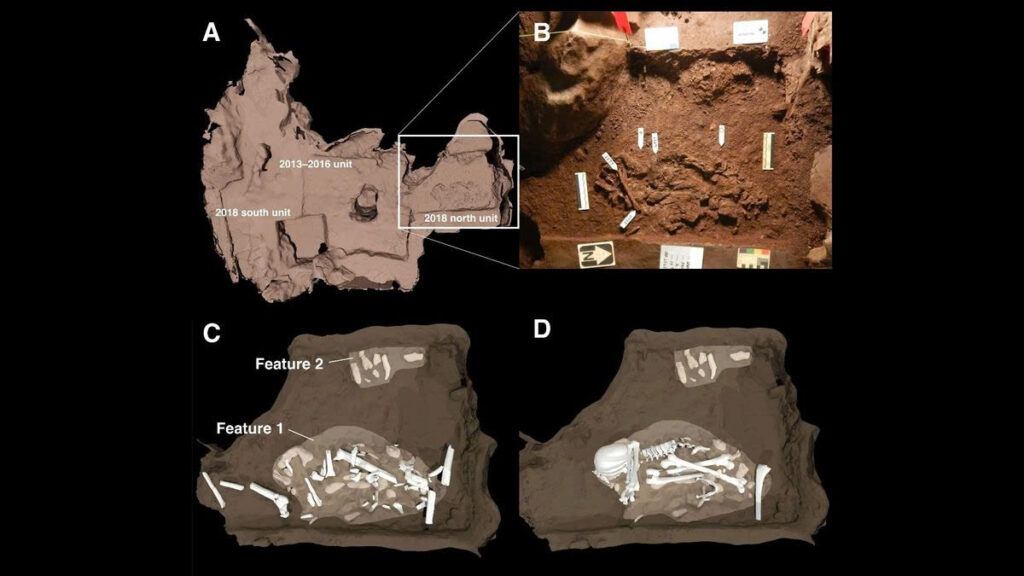
The extraordinary discovery, detailed in a comprehensive 250-page study published in the journal eLife on March 28, 2025, provides compelling evidence that complex behaviors like burial rituals were not exclusive to modern humans and Neanderthals as previously believed.
The Rising Star Revelation
A Decade of Discovery
Since 2013, archaeologists have unearthed more than 1,500 bones from multiple Homo naledi individuals throughout South Africa’s 2.5-mile-long Rising Star cave system. The remarkably preserved remains have revealed that these ancient hominins:
- Stood approximately 5 feet tall
- Weighed around 100 pounds
- Possessed dexterous hands
- Had small but complex brains
- Walked upright on two legs
From Controversy to Confirmation

The journey to this scientific breakthrough has not been without controversy. The Rising Star research team, led by paleoanthropologist Lee Berger, first suggested the burial hypothesis in 2017. In 2023, they published additional studies describing shallow, oval-shaped pits containing skeletal remains consistent with intentional burials, including what may have been a grave offering—a single stone artifact found in contact with hand and wrist bones.
Many experts initially rejected these interpretations, prompting the research team to gather additional evidence. The new 2025 publication includes a comprehensive reconstruction of how the H. naledi bodies came to rest in the cave system, with a detailed timeline from death to decomposition.
Beyond Burial: Evidence of Symbolic Thinking
Perhaps even more remarkable are the abstract engravings discovered on the cave walls directly above the burial sites. These lines, shapes, and “hashtag”-like figures appear on specially prepared surfaces that were sanded before being engraved with stone tools. The meticulous execution suggests these were not random markings but purposeful creations.
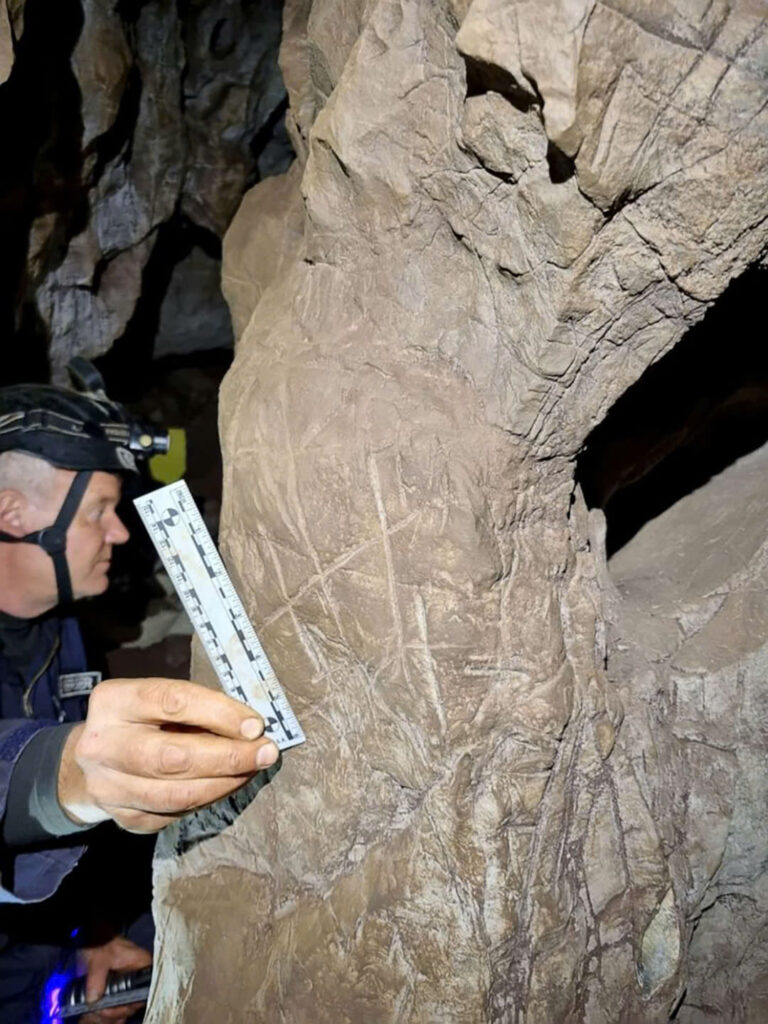
“They’ve intensely altered this space across kilometers of underground cave systems,” noted Berger, suggesting that these caves served as cultural spaces for Homo naledi communities.
Redefining Our Understanding of Human Cognition
The shared deposition of multiple bodies and the presence of engravings may indicate that Homo naledi had a set of beliefs surrounding death and possibly experienced shared grief—concepts previously thought to require the larger brains of modern humans.
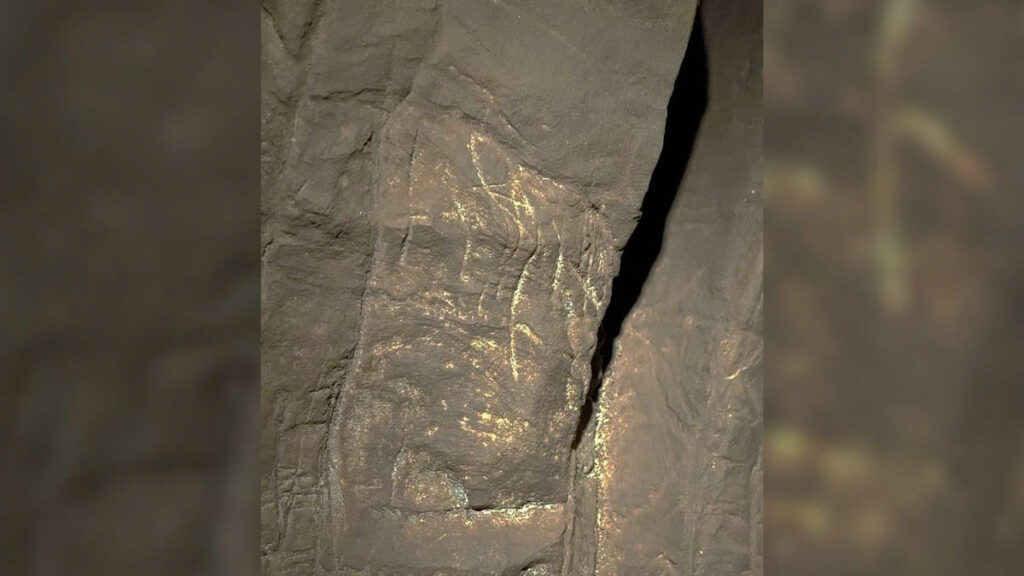
Dr. Agustín Fuentes, an anthropologist at Princeton University involved in the research, suggests these findings point to memorial practices that resemble contemporary human emotional responses to death.
Video
Ongoing Scientific Debate
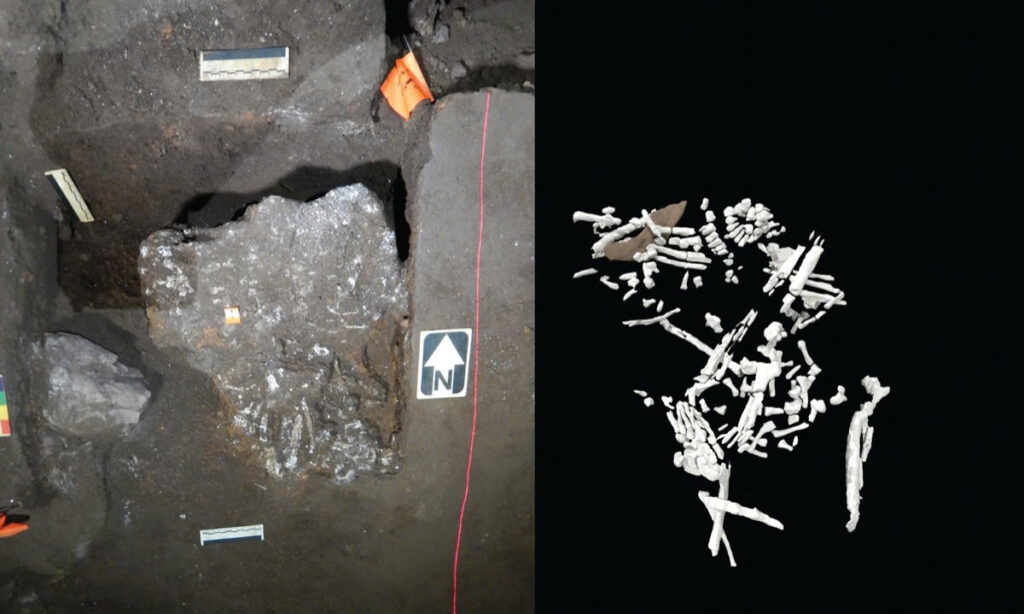
While the new evidence has convinced many skeptics, some researchers remain cautious. Questions persist about how Homo naledi accessed the deep cave system and whether independent research teams can replicate these findings.
One previously skeptical reviewer of the 2023 study has now acknowledged that the authors provide “sufficient evidence for the presence of ‘repeated and patterned’ deliberate burials” by Homo naledi. However, another reviewer maintains that additional independent analysis would benefit the scientific community.
A New Chapter in Human Evolution
This landmark discovery fundamentally alters our understanding of human evolution and cognitive development. It suggests that complex behaviors like burial rituals and symbolic thinking may not require the large brains characteristic of modern humans.
As researchers continue to explore the Rising Star cave system and analyze the remarkable remains of Homo naledi, we may uncover even more evidence that challenges our assumptions about what it means to be human—and when our ancestors began engaging in behaviors we’ve long considered uniquely human.
